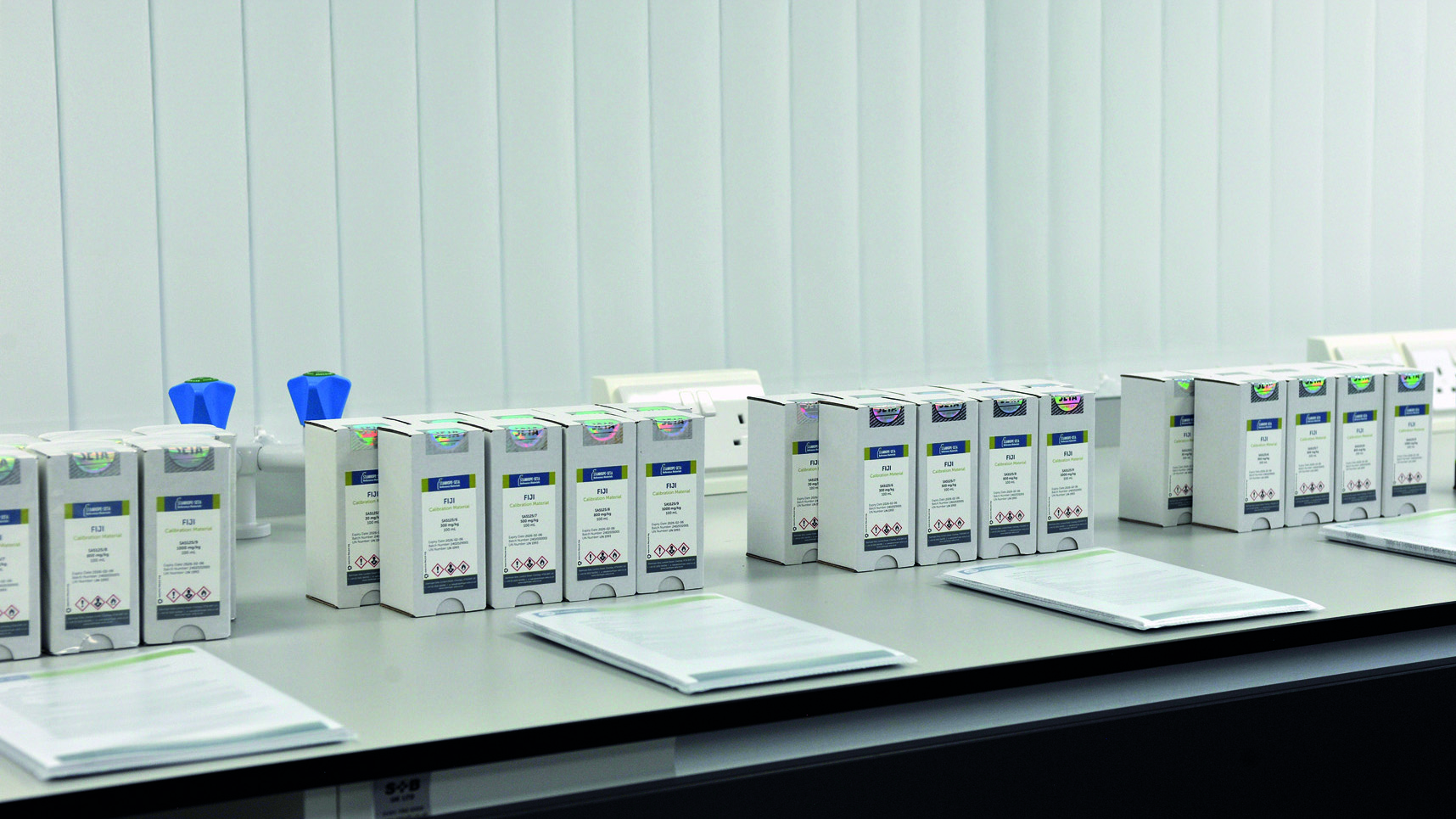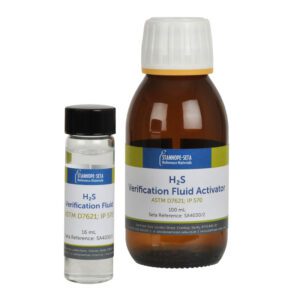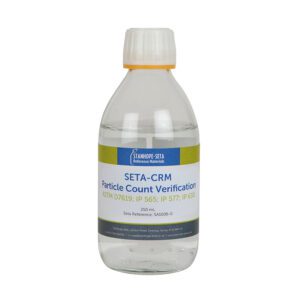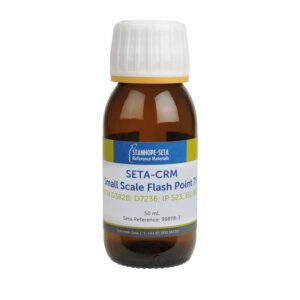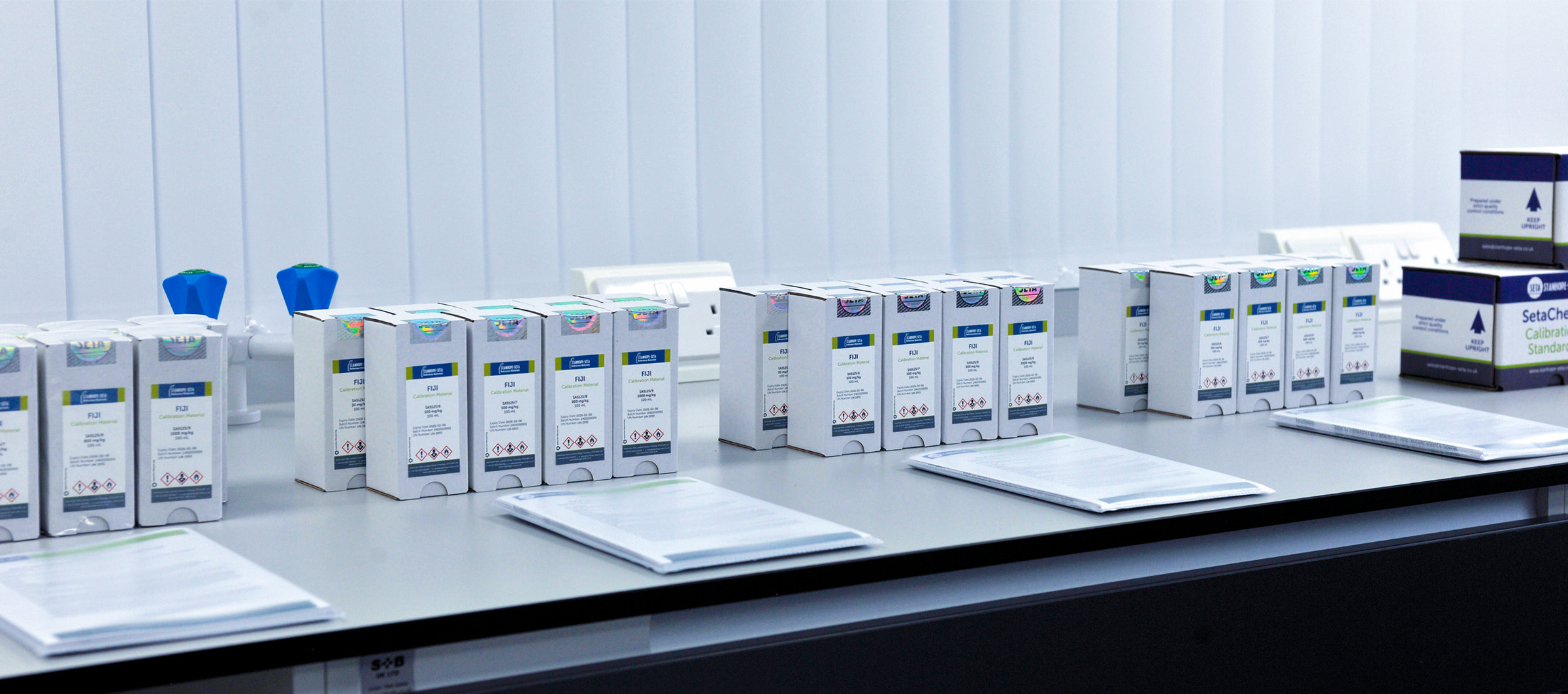Certified Reference Material result acceptance criteria: how to interpret and apply certified values
Understanding how to correctly interpret and apply Certified Reference Materials is vital for ensuring the accuracy, traceability and quality of your test results. Certified Reference Materials are a cornerstone of method validation and instrument verification, especially in quality control environments using standards like ASTM, ISO or IP.
In this guide, we break down:
- key terminology
- explain how to interpret Certified Reference Material certificates
- walk through how to determine whether your results are within acceptable limits
Looking for UKAS ISO 17034 accredited Certified Reference Materials?
Glossary of key terms
| Term | Definition |
|---|---|
| r | repeatability |
| R | Reproducibility |
| R1 | Internal reproducibility |
| U | Expanded uncertainty |
| k | Coverage factor |
| CRM | Certified Reference Material |
| ARV | Accepted Reference Value |
| Tolerance | Range of acceptance |
What is a Certified Reference Material Certificate?
Certified Reference Material manufacturers meeting the requirements of ISO 17034 must adhere to strict rules encompassing all aspects of production, traceability and characterisation. However, many users misinterpret the key elements of a Certified Reference Material certificate, particularly:
- The Certified Value (ARV)
- The Uncertainty (U)
- The Intended Use
Certified Value (ARV)
The ARV is the characterised, traceable value of the Certified Reference Material. It is only valid when:
- The Certified Reference Material is within its expiry date
- It is handled and stored correctly
- It is used strictly as per the intended use
Understanding Uncertainty (U)
The expanded uncertainty (U) represents the potential error in the ARV due to production and measurement processes. It is not a tolerance range for your own laboratory results.
- U is calculated by accounting for variability such as homogeneity, stability and measurement accuracy
- Most Certified Reference Material certificates quote U at 95% confidence when k is equal to 2
- Uncertainty may be expressed as absolute or relative to the value. Absolute is in the same units as the value and relative is in percent (%). If relative uncertainty is used it should be specified
Intended Use: stay within scope
Each Certified Reference Material is certified for use with a specific test method or range of methods. You must:
- Use the specified method
- Follow preparation, instrument setup and analysis steps exactly
Using a Certified Reference Material outside its certified method (e.g. using a Pensky-Martens Certified Reference Material with a Small Scale Flash Point Tester) invalidates the ARV.
What result should you expect?
Refer to the test method for acceptance criteria. Test methods may specify whether the ARV, R or U (or a combination) is used to judge acceptability. For example:
| Method(s) | Section and Criteria |
|---|---|
| ASTM D92 (Cleveland) | A2.1.1 Results must be within R multiplied by 0.7. |
| ASTM D93 (Pensky-Martens) | A4.1.1 Results must be within R multiplied by 0.7. |
| ASTM D7797; IP 583 (FIJI, 10-150 mg/kg) | 8.1.4 Result must be within R√2 plus the uncertainty or within the limits supplied with the verification fluid. |
| ASTM D7963 (FIJI, 20-1000 g/kg) | 10.1.4 Result must be within R√2 plus the uncertainty or within the limits supplied with the verification fluid. |
| IP 631 (FIJI) | 9.1.4 Result must be within R√2 plus the uncertainty or within the limits supplied with the verification fluid. |
| IP 170 (Abel) | D.4.2 Difference between the single result and assigned value should be within R√2. |
| IP 570; ASTM D7621 (H2S) | 9.5 Result must be within R√2. |
| IP 620 (MCCCFP) | B.4.1.1 Difference between the single result or mean and assigned value should be within R√2. |
Conclusion
Certified Reference Materials are invaluable tools for method verification, calibration and quality control, but only if used correctly. Always read the certificate, understand the method specific acceptance criteria and follow the intended use precisely.
If you’re unsure about Certified Reference Material certificates, certified values or which reference material is best for your application, contact our experts for technical support.
